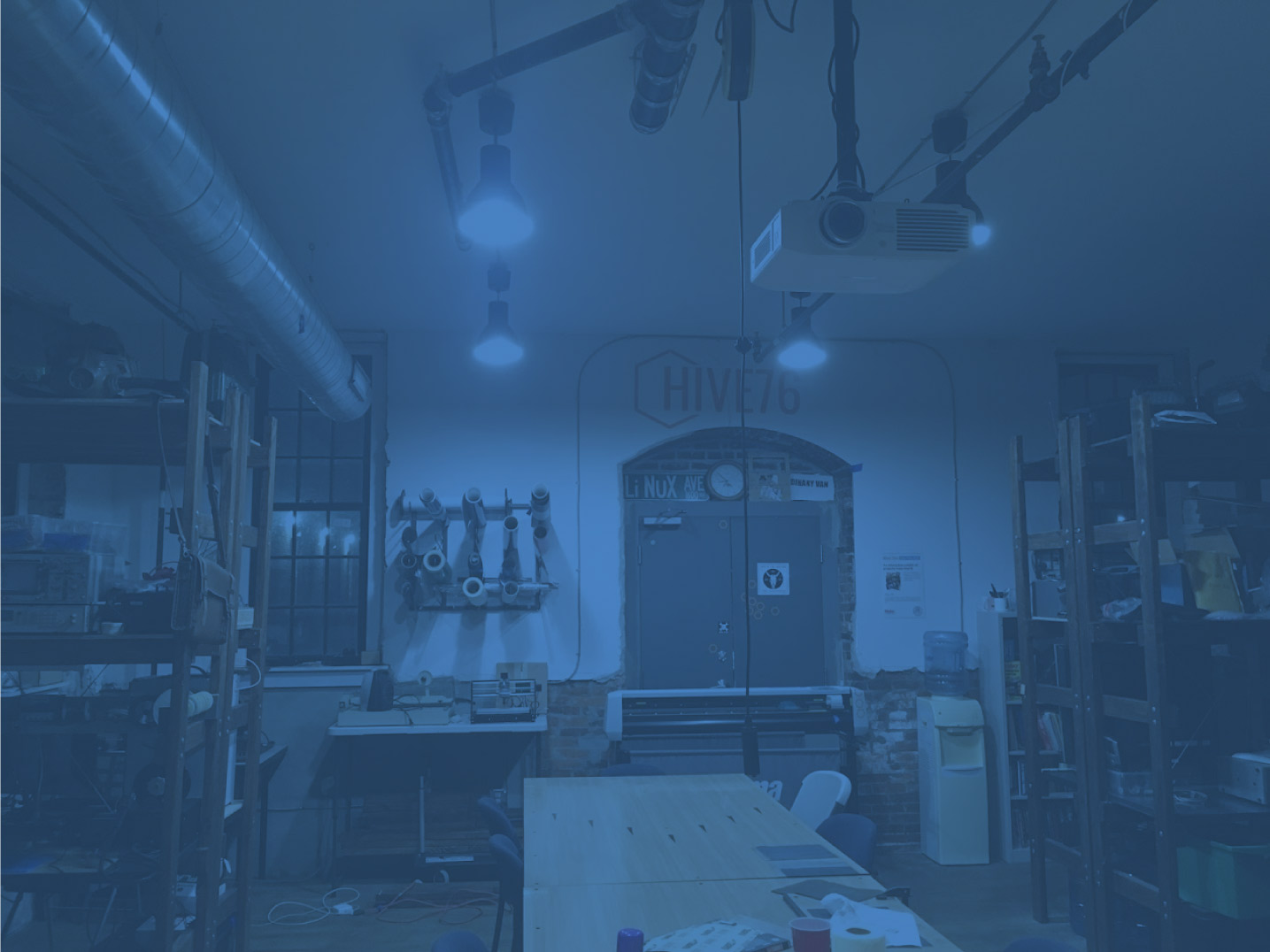
Back in mid September, we made a batch of Bacterial Cellulose in two 44″ x 18″ tray bioreactors, using Adam Korshid’s “blanco cellulose” medium (sugar, yeast and apple-cider vinegar in ratios carefully measured by eye and tongue). About two weeks later, one of the cultures had essentially failed, but the other had blossomed with a vengeance, coughing up a giant, off-while pellicle that was about 3/8 inches thick and probably weighing a good 10 pounds. For what it’s worth, it was also quite a smelly beast. In fact, the smell largely motivated the timing of the harvest (kind of a “get-that-friggin-thing-outta-here” situation). One unexpected benefit of the stench was that I was able to identify butyric acid as the main offender — so the absence tea in the culture seems to result in increased butyric acid production. Possibly a consequence of the low nitrogen content of the “blanco” medium? It might be interesting to research the topic …
At any rate, the 44×18 sheet was ultimately dried and delivered to Ann Saintpeter as promised. We’ll see what she prints on it, if anything. While the sheet was drying, I discovered that you could kill the smell by dusting it with baking soda. It also turns out I was late to that particular party — apparently baking soda is renown as an odor killer precisely because it forms salts with organic acids that tend to be some of the main components of many unpleasant odors.
The sheet ultimately dried to look very much like a giant, soft tortilla, complete with a dusty surface (courtesy of the baking soda). It also ended up with some mild scorch marks, since I was trying to dry it in a hotel room, using the courtesy hair-dryer and iron. If nothing else, the scorch marks helped with the tortilla-like appearance.
I’m currently embarking on a little experiment to study factors influencing cellulose production, including density of the substrate (i.e. how much sugar to hit the production “sweet spot”, so to speak) and substrate type (supposedly glycerin is the ultimate feed-stock). If there are any results worth publishing, we will do so — possibly with hardcopies on microbial cellulose paper.

